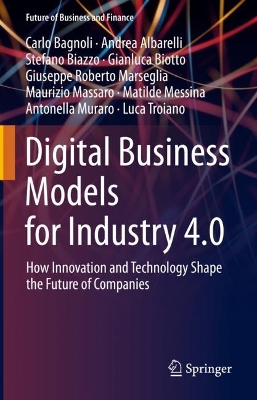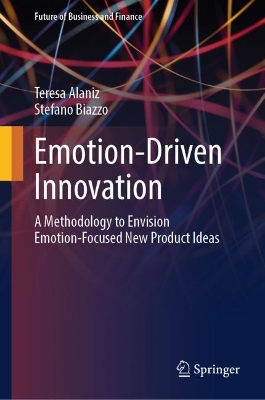Future of Business and Finance
2 total works
Digital Business Models for Industry 4.0
by Carlo Bagnoli, Andrea Albarelli, Stefano Biazzo, Gianluca Biotto, Giuseppe Roberto Marseglia, Maurizio Massaro, Matilde Messina, Antonella Muraro, and Luca Troiano
It is now widely recognized that the emotional dimension of products and services is a critical success factor in many sectors. Generating products with significant emotional features is a complex challenge, as professionals responsible for designing and developing new products should be able to focus the design effort on eliciting specific emotions. But how do designers prepare themselves to convey emotions through the products they design? How do they know how to provoke certain emotions? To obtain the benefits that the knowledge of emotions can bring when it is integrated into the design process, professionals need to be assisted with approaches to apply the knowledge of emotions systematically and strategically.
This book presents the development of a process to support product design teams to envision emotion-focused new product ideas - Emotion-Driven Innovation (E-DI). The E-DI process supports designers in identifying the occurrence of emotions in a certaincategory of products present in the market and applying this information to make strategic decisions when defining the emotional intentions for the new product. It also helps to focus their creative thinking to develop strong and meaningful emotion-centric new product ideas. This book targets a professional audience wanting to learn more about this process and provides useful tools and frameworks that can be applied in real-life cases.
